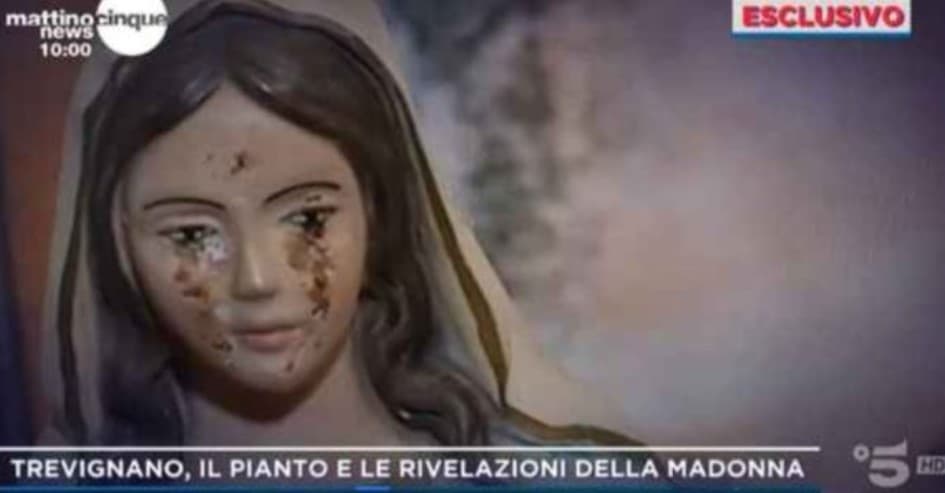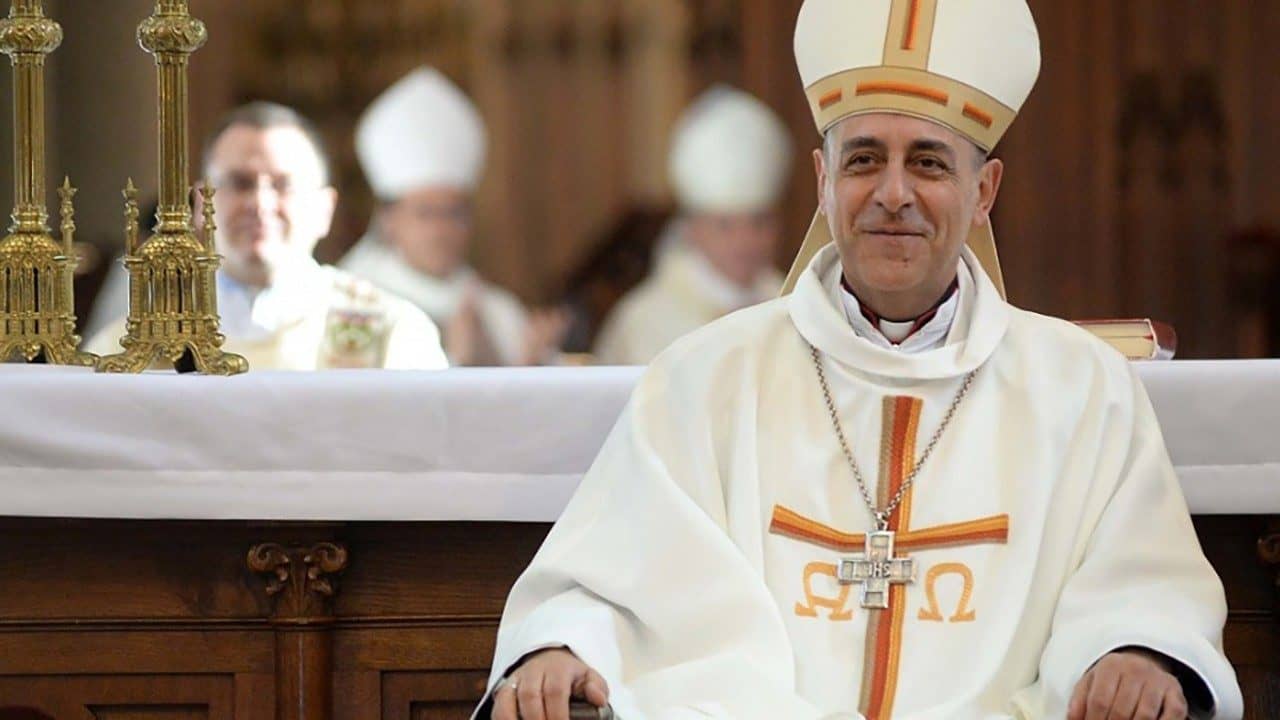ROME – You might think the most talked-about story in Italy right now would be the exploding migrant crisis, with more than 3,200 arrivals by sea since Jan. 1, representing a more than 300 percent increase over last year, and creating massive strains which are both practical and political.
If not, then perhaps it would be a war of words that broke out over the weekend regarding the legacy of St. John Paul II, after the brother of a 15-year-old girl who disappeared in 1983 went on national television to suggest that the late pope had connived in a pedophile ring inside the Vatican, prompting Pope Francis on Sunday to call the charges “offensive and unfounded,” after the late pontiff’s longtime priest secretary, Cardinal Stanislaw Dziwisz, memorably derided what he called a “maelstrom of misdirection, mythomania and profiteering.”
Instead, what was nominated Monday by the newspaper Il Fatto Quotidiano as the story of the year so far was something else entirely: The controversy surrounding a notorious “bleeding Madonna,” a wild tale that involves charges of fraud, the miraculous multiplication of gnocchi, and priest-007s conducting secret investigations.
The story begins in Trevignano Romano, a small town of about 6,000 people nestled on the shore of Lake Bracciano about 40 minutes north of Rome. There lives a 53-year-old woman named Gisella Cardia, originally from Sicily, who has a statue of the Madonna she bought in Medjugorje which has allegedly been bleeding from the eyes since 2016, and which Cardia claims has also been giving her revelations for the last seven years.
On the 3rd of every month, scores of devotees of the bleeding Madonna gather at a makeshift shrine erected in an open field of Trevignano Romano to pray the rosary, venerate the statue, make confessions, and hear the latest revelations. While some of the pilgrims are local, many come from all up and down the Italian peninsula.
What’s driven the story onto front pages lately are three developments.
First, a private investigator contacted by locals skeptical of the bleeding Madonna had a meeting with the carabinieri, the Italian military police, on April 4, in which he reportedly presented evidence to suggest that the liquid on the statue is pig’s blood. (An earlier investigation in 2020 had claimed the blood found then on the statue was a genetic match to Cardia’s own.)
Second, a video of Cardia has surfaced in which she discusses supernatural phenomena she claims to have experienced, including an occasion when she found herself needing to feed 15 people with only a few leftovers from the previous day’s lunch of gnocchi and rabbit. She said, however, that when she started serving the reheated leftovers, she found that the amount never diminished no matter how much she dished up.
In food-obsessed Italy, the “miracle of the gnocchi” has become a sensation.
Third, media reports suggest that preliminary findings from an investigation by the Diocese of Civita Castellana are expected to be negative, concluding that there’s nothing supernatural about the statue. The commission for the diocese is composed of a theologian, a Mariologist, a psychologist and a canon lawyer.
In the meantime, one Roman newspaper has claimed that as part of the investigation, undercover priests wearing layman’s clothes joined the crowd during the April 3 gathering to pray the rosary, seeking to understand what was going on.
The same paper, Il Messaggero, asked a noted scholar and former president of a pontifical faculty devoted to Mariology, Father Salvatore Perrella, what he thinks.
Perrella’s response: “Come on … Personally, I don’t believe it for a second.”
At the big-picture level, two deep truths about Italy help explain why the Madonna of Trevignano Romano has become such a media sensation.
First, no matter how secular Italy becomes in many respects, there is nevertheless a deep hunger to believe written into Italian DNA, which will explode like Vesuvius given the proper object. A Madonna who apparently bleeds in compassion for her children is precisely the sort of figure to stir that vestigial religiosity, and the fact that it occurs outside the bounds of officialdom has little impact – if anything, given Italy’s love/hate relationship with clerical authority, the less officially sanctioned something is, the more credibility it sometimes carries.
Second, however, existing cheek by jowl with that will to believe is an equally strong streak of popular skepticism, born of the hard experience of centuries of charlatans and fakers of every stripe seeking to exploit people’s credulity. Exposés debunking such frauds are, therefore, a perennial source of popular amusement.
In the end, perhaps the most succinct judgment so far came from an elderly Italian woman and resident of Trevignano Romano, who was interviewed by the national TV network RAI and asked for her opinion of the phenomenon.
“I don’t believe it,” she said. “You find the Madonna in church.”















